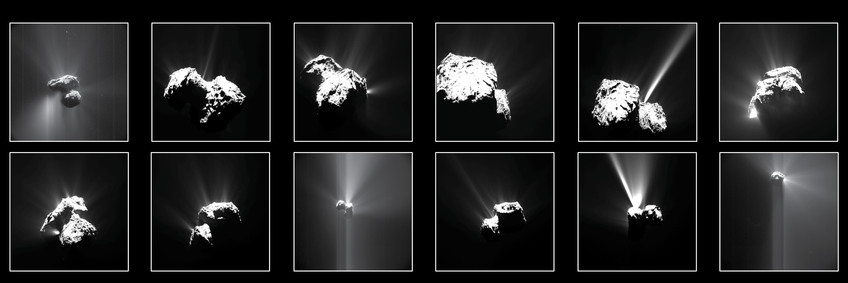Technically feasible to fly to, as level as possible, not too much shade, not too much sun − and scientifically interesting: these are the conditions which an area on the surface of comet 67P must fulfil in order to be selected as the landing site for Philae. In an initial selection, researchers and engineers have now nominated five possible candidates.


